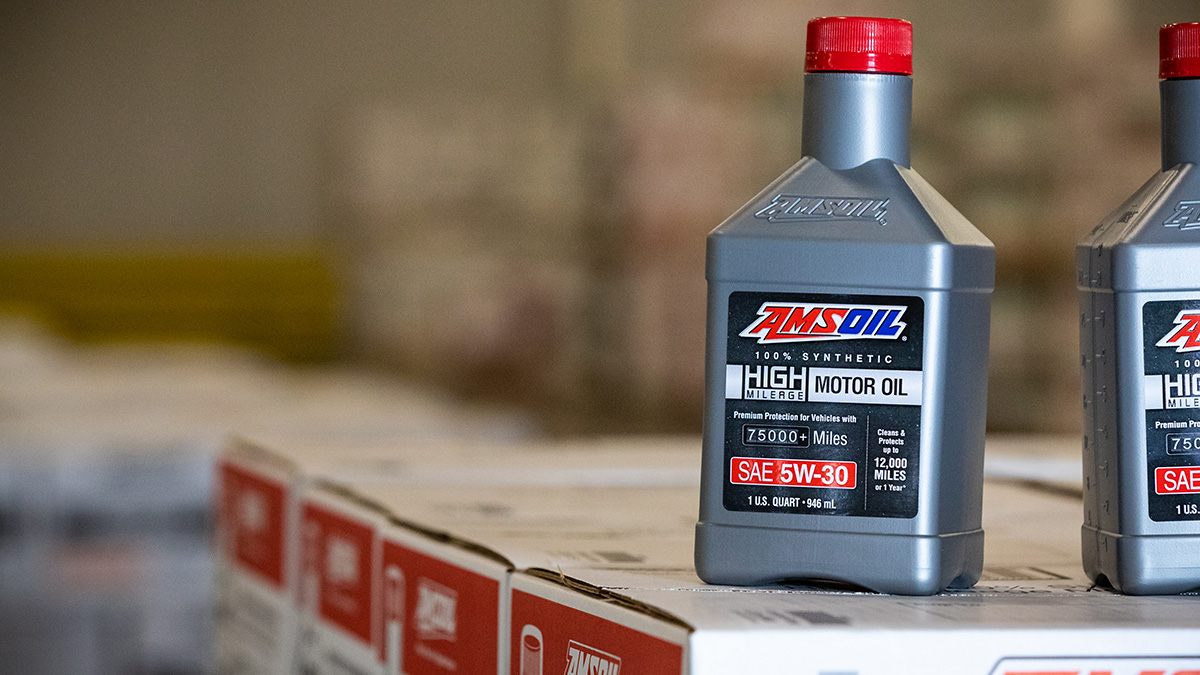By-pass oil filtration introduces a high-capacity secondary filter to an engines lubrication cycle that is designed to eliminate nearly all contaminants in the oil. Though widely known that ultra-fine by-pass filtration reduces engine wear and extends drain intervals, few know that its continued use can also increase engine efficiency.
During normal engine operation, tiny airborne dirt and internally generated metal particles elude even the most efficient full-flow oil filters. Wear particles can reduce fuel efficiency through a variety of scenarios
Anti-wear Additive Depletion
Anti-wear additives guard against metal-to-metal contact if a full lubricating film either does not develop or ruptures. These instances may occur at startup or during periods of heavy load, especially in the contact areas between cam lobes and lifters, and piston rings and cylinder liners. In diesel applications, high wear particle levels in the oil can impair the performance of zinc anti-wear additives. Some industry research suggests that soot and dust particles display polar absorbencies that can tie up anti-wear additives, hindering their ability to control friction, which leads to reduced fuel efficiency.
Energy Lost to Friction
Under normal engine operation, some of the energy created during the combustion process is lost to friction. However, when wear particles breech the clearance between moving parts and rupture the oil film, friction worsens. The problem especially affects the piston ring/cylinder wall contact areas where the oil film can be as thin as three microns.
Oil Thickening
Wear particles contribute to oil thickening, especially in diesel applications where soot is more prevalent. The thicker oil increases internal fluid heat, which can prematurely degrade oil additives and accelerate oxidation. Thicker oil also requires more fuel to circulate, reducing efficiency.
Stiction Losses
Particles can agglomerate with soot and sludge to create deposits in the microscopic clearances between valves and guides. Called stiction, the process interferes with the timing of the port openings and closings, causing incomplete combustion and power loss. Stiction can lead to burned valve seats and reduced fuel efficiency.
Combustion Efficiency Loss
Wear particles can scour away piston liners, cam lobes, piston rings and other engine parts, reducing combustion efficiency and causing the engine to burn more fuel to produce maximum horsepower. Wear in the valve train can disrupt timing and valve movement, while ring, piston and liner wear reduces volumetric compression and contributes to blow-by.
By-pass filtration that removes particles smaller than 10 microns directly correlates to reduced engine wear and optimum efficiency. In the article “Clean Oil Reduces Engine Fuel Consumption” on Machinery Lubrication magazine’s website, the author surveys a number of studies that confirm this. Studied over 50,000 miles of service, buses fitted with Cummins six-cylinder 8.3-liter turbocharged engines achieved 2 to 3 percent gains in fuel efficiency while operating with six-micron by-pass filtration. A second study of a six-cylinder diesel engine saw dramatic improvements after installing a by-pass filter rated 75 percent efficient at six microns: oil contamination dropped 98 percent, friction decreased 2.9 percent and fuel economy increased 5 percent.
98.7 Percent Efficiency at Two Microns
Offering even greater efficiency, AMSOIL Ea® By-Pass Filters (EaBP) feature synthetic media to reduce engine wear and increase engine efficiency. By filtering oil on a “partial-flow” basis, AMSOIL Ea By-Pass Filters draw approximately 10 percent of the oil pump’s capacity at any one time and trap the extremely small, wear-causing contaminants that full-flow filters can’t remove, including 98.7 percent of wear particles two microns and larger (ISO 4548-12). AMSOIL by-pass filtration systems have a high pressure differential, causing the oil to flow through them very slowly and allowing for the removal of up to 39 percent of soot contaminants less than one micron (ISO 23556).
Versatile AMSOIL By-Pass Filtration Systems can be installed in auto/light-truck, marine, on-road diesel and heavy-duty off-road diesel applications. AMSOIL also offers a variety of hardware accessories to simplify installation. For more information on by-pass system installation, contact AMSOIL Technical Services at (715)399-TECH.





Comments
Share: